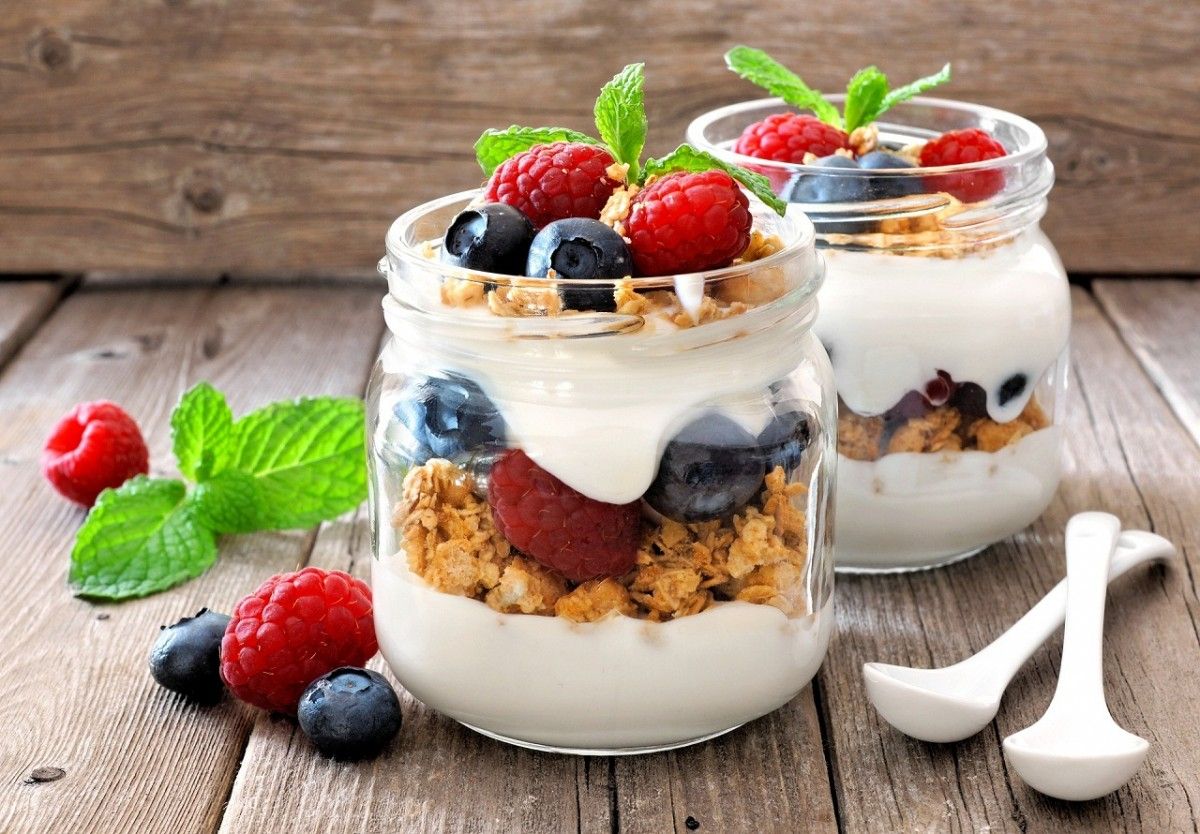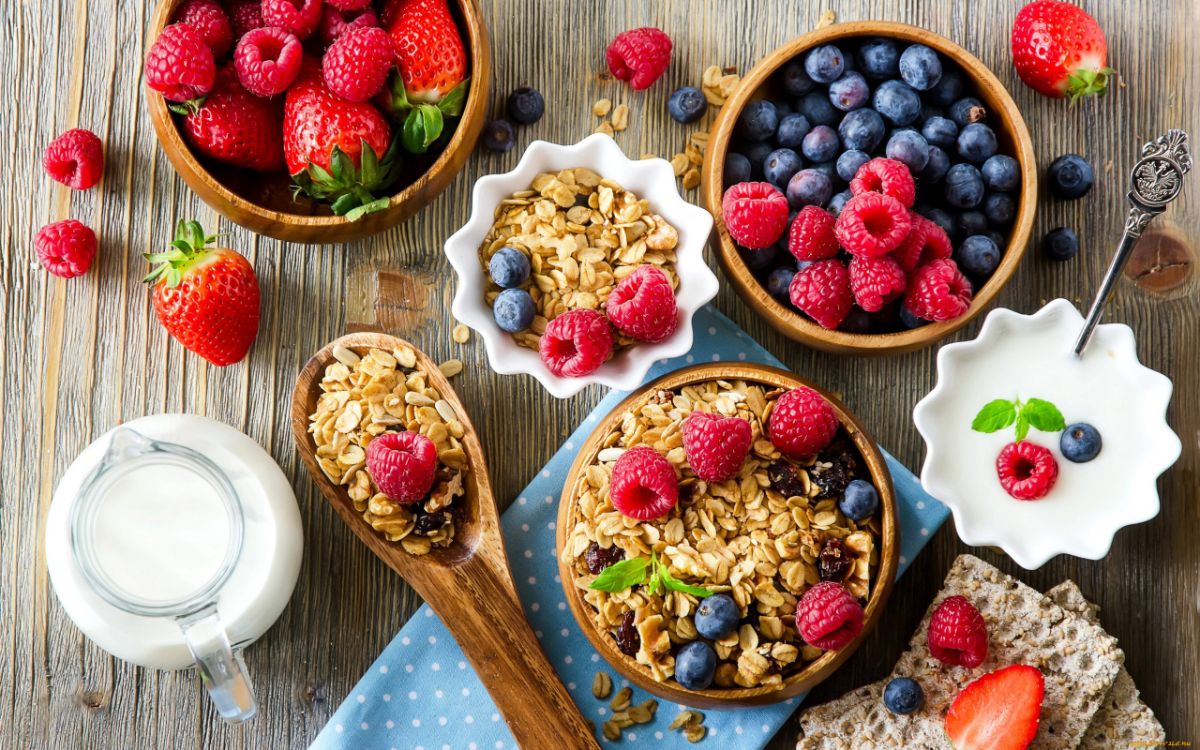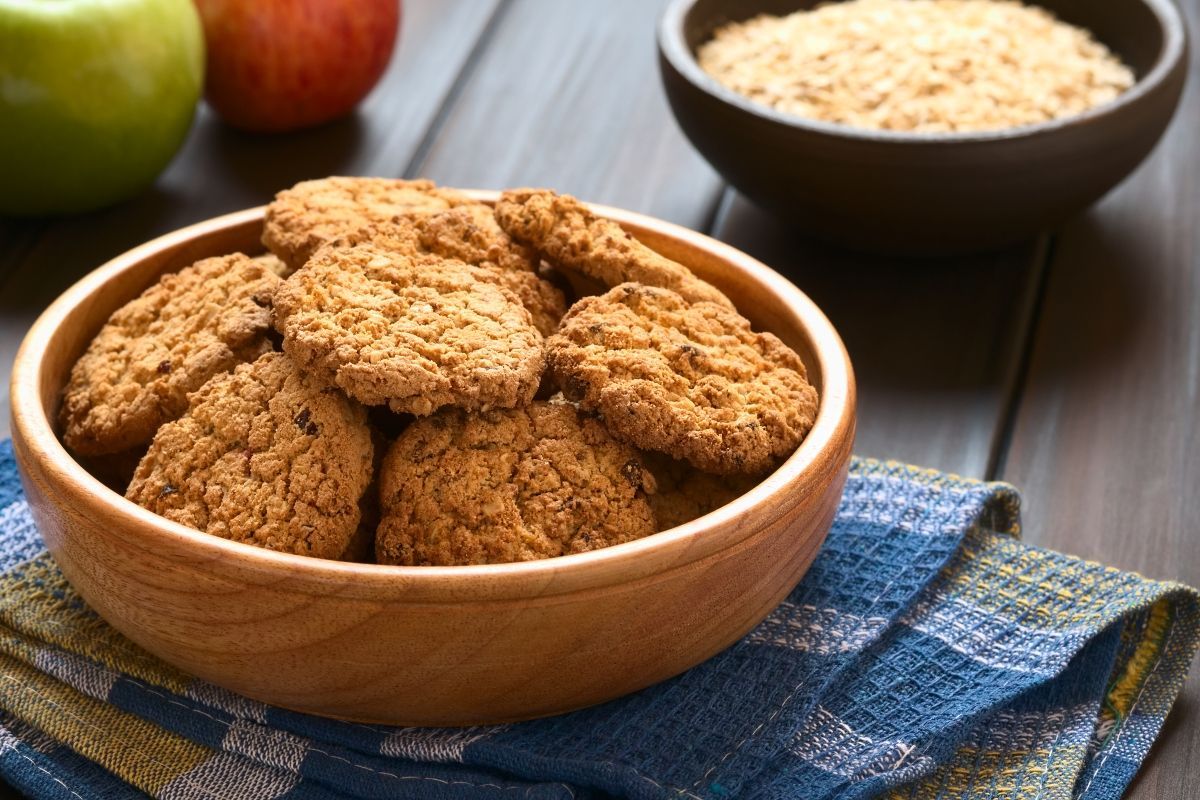What is the health benefits of rice flour — 7 proven properties
Rice flour is rich in proteins, vitamins, minerals and antioxidants, while it does not contain gluten. It has a complex effect on health, providing prevention of the most dangerous diseases of the cardiovascular and endocrine systems, as well as cancer. Flour can be safely added to the diet of people of all ages, including children of the first years of life.
Content
What is rice flour?

Rice flour is a type of flour made from grains of white or brown (whole) rice. It is one of the leaders in protein and starch content, is rich in vitamins and minerals and is practically gluten-free.
The described properties make it possible to widely use rice flour in the preparation of dietary and children's dishes.
The product is widely distributed in Southeast Asian countries (Japanese, Thai, Vietnamese, Indian and Korean cuisines), used in national dishes. In Russia, rice flour is often added to wheat flour to produce crispy proteins and cookies, loaves and other pastries. Rice flour gives a brittle and porous structure to the baked dough.
Flour is good for health, as it contains a lot of vitamins (B1, B2, B5, B6, E, K) and minerals (iron, phosphorus, manganese, magnesium), but is inferior in their specific gravity to wheat flour. It also contains significantly fewer proteins (5-6 versus 10-14 grams per 100 grams of product). The amount of carbohydrates is about the same in both foods.
Top 7 useful properties
Rice is the main and only product for making rice flour. Therefore, the beneficial properties of flour directly depend on the type of rice that was used for its preparation. The most useful type is considered to be brown (whole) rice . It is from such rice that the most valuable flour is obtained.
Let's look at the main facts about the benefits of whole rice flour (based on scientific sources of information).
1. It has a rich composition
Rice flour, as well as whole rice itself, contains vitamins, minerals and even antioxidants. Let's look at them in more detail:
| Name of the component | Approximate percentage of the recommended daily requirement (per 100 grams of product) |
| squirrels | 6 % |
| fats | 2 % |
| carbohydrates | 56 % |
| fiber | 12 % |
| Vitamin A | 9 % |
| Vitamin B5 | 16 % |
| Vitamin B6 | 22 % |
| Vitamin PP | 13 % |
| magnesium | 13 % |
| iron | 2 % |
| manganese | 60 % |
| copper | 13 % |
| potassium | 3 % |
The described biologically active substances are necessary to ensure the vital activity of the human body. For example, potassium regulates blood pressure, iron is involved in hematopoiesis, and B vitamins ensure the transmission of nerve and neuromuscular impulses.
2. Helps in weight loss
 Rice flour is a product with high energy value (about 360 calories per 100 grams), however, recent studies show that it can have a positive effect on body weight.
Rice flour is a product with high energy value (about 360 calories per 100 grams), however, recent studies show that it can have a positive effect on body weight.
The main role belongs to dietary fiber . They help to absorb nutrients from the food consumed and normalize metabolism in general.
Dietary fiber also causes a rapid overflow of the stomach, which suppresses hunger through neuro-reflex mechanisms.
Scientists not found there is no connection between the inclusion of rice and products based on it in the diet and a high risk of obesity. Individual works demonstrated negative dynamics.
According to American scientists, the addition of biologically active additives with rice flour in food causes weight loss and body mass index.
Rice flour can be safely added to the diet when losing weight. The main thing is to carefully normalize consumption (taking into account energy value). The effect of the product is not related to hormonal mechanisms, therefore, it is equally effective in the body of men and women.
3. Supports the health of the heart and blood vessels
 Almost all the minerals that make up the flour, useful for the cardiovascular system
. They regulate blood pressure levels and prevent the occurrence of arrhythmias.
Almost all the minerals that make up the flour, useful for the cardiovascular system
. They regulate blood pressure levels and prevent the occurrence of arrhythmias.
Also included is included a special group of antioxidants are lignans. They prevent an age-related increase in the stiffness of the artery walls and the deposition of cholesterol crystals in them. Also, against the background of eating rice and any products based on it, a decrease in the level of total and "harmful" (LDL) cholesterol, an increase in the amount of "useful" (HDL) cholesterol was recorded.
Taking the product allows you to prevent the earlier development of hypertension and stabilize blood pressure levels, to ensure the prevention of hypertensive crises.
Hypocholesterolemic effects reduce the risk of developing pathologies associated with atherosclerotic vascular disease (coronary heart disease and myocardial infarction, chronic cerebral ischemia and stroke).
4. Fights diabetes
 White rice is a product with a high glycemic index, therefore, it can provoke sharp spikes in blood sugar levels.
White rice is a product with a high glycemic index, therefore, it can provoke sharp spikes in blood sugar levels.
But wholegrain (brown) rice flour is a completely different matter.
The composition contains a lot of dietary fiber and magnesium, which, according to foreign experts, stabilize plasma glucose levels and even reduce the risk of type II diabetes mellitus.
Fiber and minerals affect the main pathogenetic mechanism of the formation of type II diabetes mellitus – insulin resistance. They increase the sensitivity of peripheral receptor complexes located on the cells of adipose and muscle tissue. The latter, in turn, begin to effectively absorb sugar from the blood. As a result, glucose levels return to normal, and the likelihood of developing diabetes decreases.
5. Protects against cancer
 Rice flour is full of antioxidants that neutralize free radicals (formed during oxidative stress).
Rice flour is full of antioxidants that neutralize free radicals (formed during oxidative stress).
Antioxidant substances can cause damage and malignant degeneration of cells, significantly increase the risk of chronic diseases from any organ system.
Phenolic compounds (caffeic and ferulic acids, tricine) are especially effective. Proven that they block the division and cause the death of cancer cells.
6. Suitable for people with gluten intolerance
 Celiac disease or gluten intolerance is a common disease (up to 1% of the population) caused by damage to the villi of the small intestine by proteins containing gluten.
Celiac disease or gluten intolerance is a common disease (up to 1% of the population) caused by damage to the villi of the small intestine by proteins containing gluten.
Manifestations of pathology are extremely unpleasant (changes in the frequency, nature and smell of stool; weight loss and loss of appetite, impaired absorption of nutrients, etc.) and significantly reduce the quality of life.
Rice Flour does not contain gluten free. It can be used for any culinary purpose without health risks.
7. Increases life expectancy
 As already mentioned, rice flour can reduce the likelihood of developing cardiovascular diseases, cancer, and type II diabetes. These pathologies are widespread and often act as the cause of death of the population.
As already mentioned, rice flour can reduce the likelihood of developing cardiovascular diseases, cancer, and type II diabetes. These pathologies are widespread and often act as the cause of death of the population.
Additionally, the product is rich in proteins, the concentration of which is significantly higher than in milk and some dairy products .
Proteins are the main building material for the body and are incredibly important in old age. It is in people of older age groups that malnutrition and a complex of atrophic and degenerative changes associated with this condition are often recorded.
In addition, rice flour is an ideal product for fortifications vitamins and minerals.
Harm and contraindications
 Rice flour requires mandatory rationing of consumption. With excessive intake or increased individual sensitivity, the following side effects may develop:
Rice flour requires mandatory rationing of consumption. With excessive intake or increased individual sensitivity, the following side effects may develop:
- Obesity. Rice flour has a high energy value. In small amounts, it promotes weight loss, in excess it causes the appearance of new fat depots, mainly in the abdominal area.
- Constipation. Despite the abundance of dietary fiber in the composition, eating large amounts of rice and products based on it can provoke a decrease in stool frequency and even constipation.
- Allergic reactions. Are caused by the sensitization of the body to certain proteins in the composition. Allergopathologies are more often severe and require immediate medical attention. In 30% of cases, urticaria or irritation of the mucous membranes of the oral cavity, esophagus, stomach and intestines is observed.
Rice contains phosphorus and potassium. These minerals can be dangerous in diseases accompanied by impaired renal function. The accumulation of such substances is fraught with damage to the heart and intestinal mucous membranes.
Rice flour can be consumed by women during pregnancy and used in cooking for children over 3 years old.
Recipe for cooking at home
 Homemade rice flour is an ideal gluten–free alternative to regular wheat flour. You can use any rice for cooking, but brown is better.
Homemade rice flour is an ideal gluten–free alternative to regular wheat flour. You can use any rice for cooking, but brown is better.
It is recommended to use high-quality grinding equipment. Additionally, brown rice will give the flour a more pleasant sweet taste and aroma.
For cooking, it is necessary:
- Place the rice in a blender, coffee grinder or mill. It is recommended to fill the bowl of the appliance with no more than 1/3 -1 /4 volume.
- Chop the rice. First, it is recommended to turn on the appliance several times to grind the rice into small granules, open the lid and mix. Then grind to obtain a powder. The smaller the powder particles, the better. From 1 cup of rice, 1.5-2 cups of flour are obtained.
- Pour over the flour into any sealed container. The flour is ready.
It is not recommended to pre-soak the rice before grinding, and then dry the flour. This practice greatly facilitates the production of flour and takes care of kitchen appliances, but reduces the biological potential of homemade flour.
Usage Tips
Rice flour is useful only if it is used and consumed correctly. Consider the most important tips:
- How to store? The product retains its properties in any sealed container (preferably in glass) in a dark and cool place. Moisture ingress into the flour is unacceptable.
- How much to store? Homemade rice flour is stored for no more than 1 year, purchased in stores – according to the manufacturer's recommendations on the package.
- How to choose in stores? A high-quality product has a white (let's say a small darkish shade) color, a homogeneous consistency. Industrial flour should be devoid of taste and smell, the presence of foreign impurities is not allowed.
- What can I cook? Rice flour is used in the manufacture of pies and other pastries, pancakes and cheesecakes. It often serves as an ingredient for dumpling and pasta dough. It is often added to cutlets and meatballs, pastry creams. In consultation with a doctor, rice flour-based porridges can be cooked for baby food for children of the first years of life.
- How much is possible per day? It is not recommended to consume more than 100-200 grams of pure flour (in terms of ready meals – more) per day.
- Where else is it used? Rice flour is widely used in cosmetology for skin care of the face and body (it has a local anti–inflammatory, rejuvenating and wound healing effect).
Conclusion
- Rice flour is a valuable gluten–free food product, rich in proteins, fiber, vitamins, minerals and antioxidant substances.
- Eating rice flour-based dishes helps to maintain the health of the cardiovascular system, prevent cancer and type II diabetes, and normalize body weight. The product gives the body nutrients and allows you to increase life expectancy.
- When taking flour, side effects may develop, which it is recommended to familiarize yourself with beforehand.
- Cooking rice flour at home is a simple task. It is enough to have any grinding device (blender, coffee grinder, mill).





